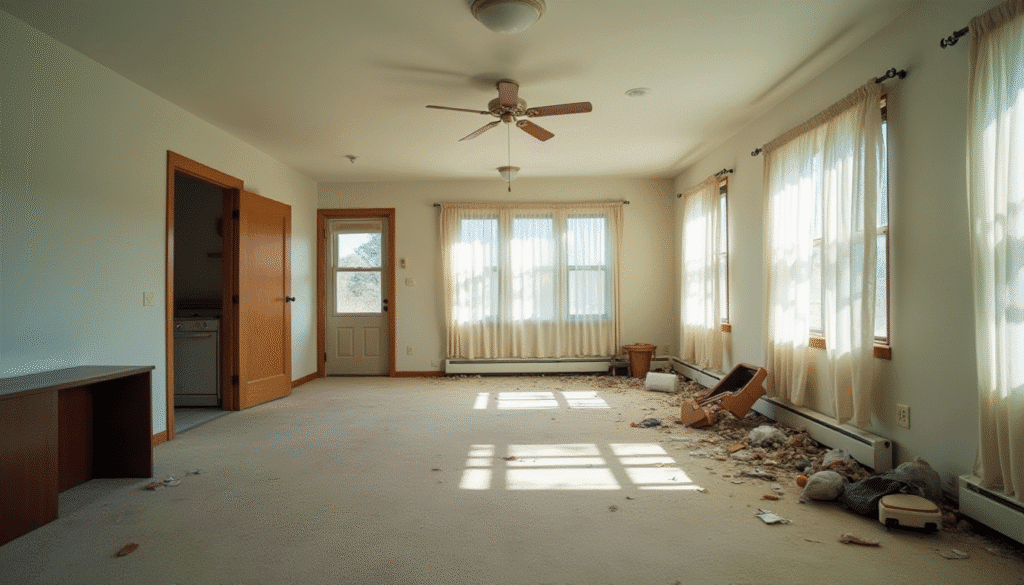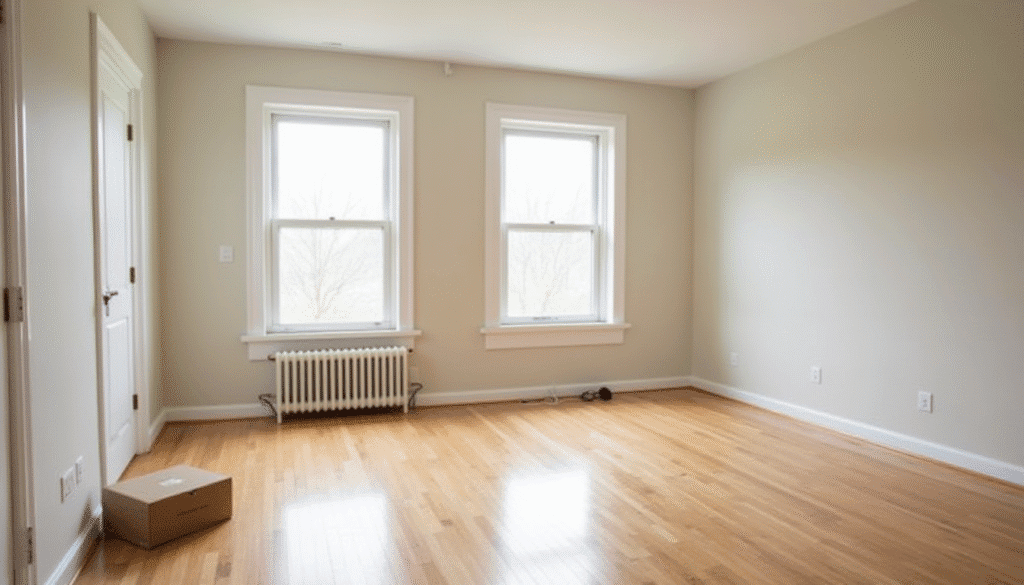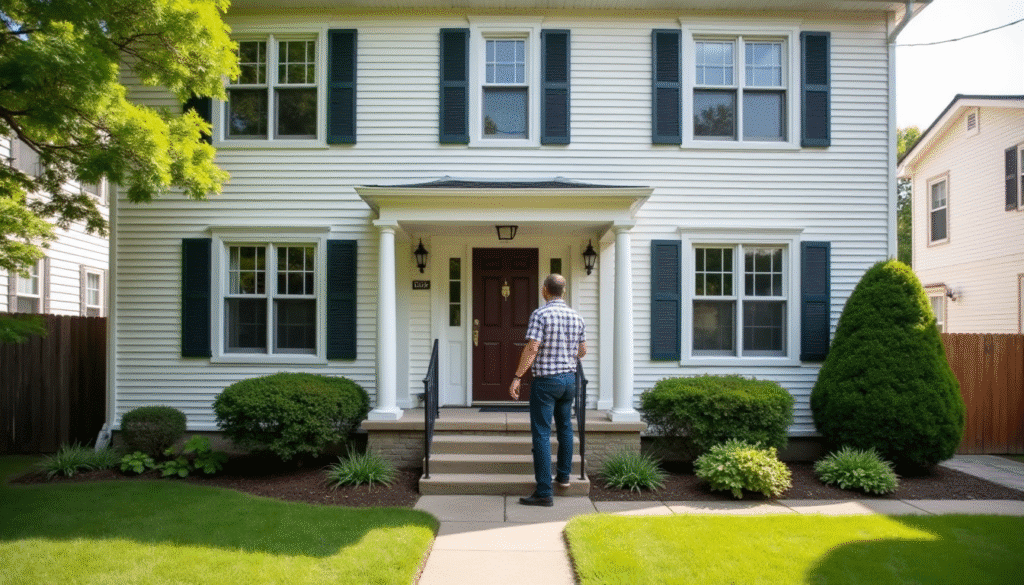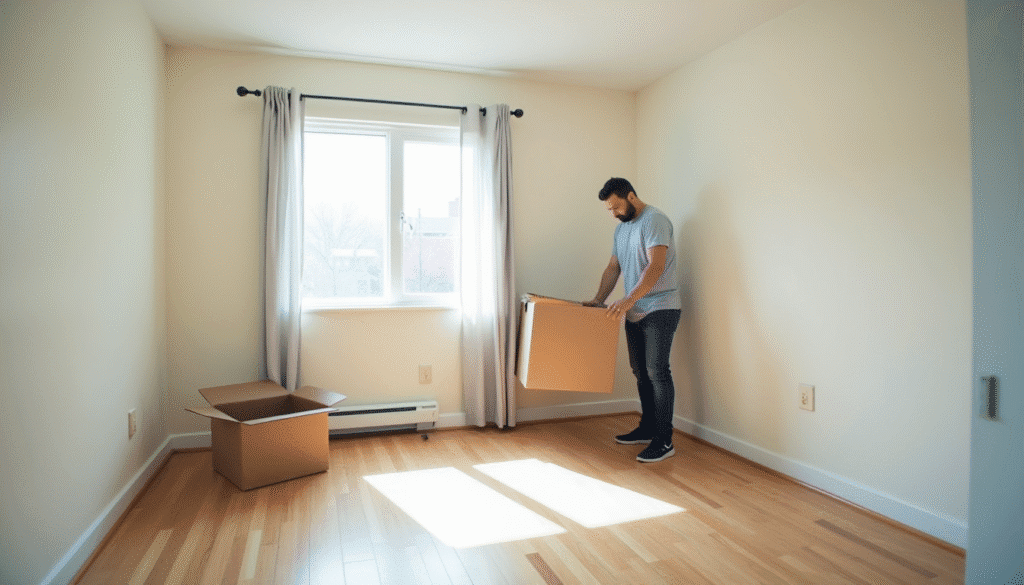Understanding common repair problems in rental properties is essential for landlords. This guide covers key repair issues, preventative tips, and maintenance strategies to help landlords protect their investments and ensure tenant satisfaction.
Table of Contents
- Introduction to Repair Problems in Rental Properties
- Key Repair Problems and Their Solutions
- Preventative Maintenance Tips
- Repair and Maintenance Table Overview
- Frequently Asked Questions (FAQs)
- Conclusion
Introduction to Repair Problems in Rental Properties
Landlords face a variety of repair problems in rental properties, from unexpected plumbing issues to seasonal roofing challenges. Addressing these problems quickly and efficiently can significantly enhance tenant satisfaction, minimize turnover, and protect the value of the property. This guide examines common repair issues landlords should anticipate, as well as best practices for long-term maintenance and repair.
Key Repair Problems and Their Solutions
1. Plumbing Leaks and Blockages
Overview
Plumbing issues are among the most frequent repair problems landlords encounter. Common problems include leaky faucets, clogged drains, and running toilets. Left unaddressed, these issues can lead to high water bills and severe water damage.
Solution
Routine inspections of pipes, drains, and faucets are essential. Minor leaks can often be handled with basic repairs, but extensive problems may require a licensed plumber.
External Link: DIY Plumbing Repairs
2. HVAC System Malfunctions
Overview
Heating, ventilation, and air conditioning (HVAC) systems are crucial for tenant comfort, especially during extreme temperatures. Issues such as broken thermostats, clogged filters, and refrigerant leaks are common.
Solution
Regular HVAC maintenance, such as filter replacement and seasonal tune-ups, can prevent major malfunctions. Ensure HVAC systems are inspected annually by professionals to extend their lifespan.
External Link: HVAC Maintenance Tips
3. Electrical Faults
Overview
Electrical issues pose serious risks, including fire hazards. Common problems include faulty wiring, tripped breakers, and non-functional outlets.
Solution
Landlords should consult certified electricians for any electrical repairs. Regular inspections can catch faults early, ensuring tenant safety.
External Link: Electrical Safety Guidelines
4. Pest Infestations
Overview
Pests like rodents, insects, and termites can harm property and create an unhealthy environment for tenants.
Solution
Proactive pest control services can help prevent infestations. Landlords should address any complaints of pests promptly and schedule regular extermination.
5. Roofing Repairs
Overview
Roofing issues can lead to leaks, water damage, and structural deterioration. Common signs of problems include missing shingles, sagging, and water stains on ceilings.
Solution
Inspect roofs seasonally, especially after heavy storms. Address minor repairs quickly to prevent escalation.
6. Water Damage and Mold
Overview
Leaks and moisture problems can lead to water damage and mold growth, which negatively affects indoor air quality and can be costly to remediate.
Solution
Regular inspections, especially in areas prone to leaks, and immediate attention to any signs of water damage can prevent mold growth.
External Link: Guide to Mold Prevention
7. Flooring Repairs
Overview
Flooring damage, including scratches, stains, and cracks, can arise from tenant use or natural wear and tear.
Solution
Consider using durable materials in high-traffic areas and plan for periodic refinishing or replacement as necessary.
8. Window and Door Maintenance
Overview
Broken seals, drafts, and damaged locks are common problems with windows and doors, impacting both energy efficiency and security.
Solution
Inspect seals, frames, and locks regularly, and apply weatherstripping or replace damaged components as needed.
9. Paint and Drywall Fixes
Overview
Wear and tear on walls is natural in rental properties. Issues like peeling paint, dents, and holes in drywall are common.
Solution
Landlords should budget for periodic repainting and drywall repairs, especially between tenants.
10. Appliance Repair and Replacement
Overview
Appliances like refrigerators, stoves, and washing machines may break down due to age or heavy use.
Solution
Regularly check appliances for any signs of wear and service them as needed. Ensure warranty coverage and consider high-quality replacements for durability.
Preventative Maintenance Tips
Preventative maintenance can save landlords from costly repairs and disruptions. Simple tasks like changing HVAC filters, cleaning gutters, and scheduling seasonal inspections can help identify and address potential issues before they become major problems.
Repair and Maintenance Table Overview
| Repair Problem | Recommended Frequency | Action Steps |
|---|---|---|
| Plumbing Leaks | As Needed | Inspect, repair, or hire a plumber |
| HVAC Maintenance | Bi-Annually | Change filters, professional inspection |
| Electrical Safety | Annually | Hire licensed electrician for inspection |
| Pest Control | Quarterly | Regular extermination, address issues immediately |
| Roof Inspection | Semi-Annually | Inspect for leaks, replace missing shingles |
| Mold Prevention | As Needed | Regularly inspect moisture-prone areas |
| Flooring Inspection | Annually | Repair or replace as necessary |
| Windows and Doors | Annually | Inspect and repair drafts, apply weatherstripping |
| Paint and Drywall | Between Tenants | Touch up paint, repair drywall |
| Appliance Check | Annually | Regular inspection and servicing |
Frequently Asked Questions (FAQs)
What are the most common repair issues for rental properties?
The most common repair issues include plumbing leaks, HVAC malfunctions, electrical faults, pest infestations, and flooring damage.
How often should HVAC systems be inspected in rental properties?
HVAC systems should be inspected at least twice a year, ideally in spring and fall, to ensure efficient operation.
What steps can landlords take to prevent mold in rental properties?
Regular inspections, prompt leak repairs, and maintaining proper ventilation can reduce the risk of mold growth in rental properties.
When should landlords replace appliances in rental properties?
Appliances should be replaced when they become unreliable or beyond repair, typically every 8-12 years depending on the appliance.
Are landlords responsible for pest control in rental properties?
Yes, in many jurisdictions, landlords are responsible for pest control, particularly if infestations are due to structural issues or occur between tenants.
Conclusion
Understanding and addressing common repair problems in rental properties is essential for maintaining property value, ensuring tenant satisfaction, and reducing turnover. By adopting a proactive maintenance strategy and addressing repairs promptly, landlords can protect their investment and create a safe, comfortable living environment for tenants.






